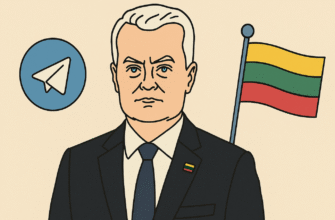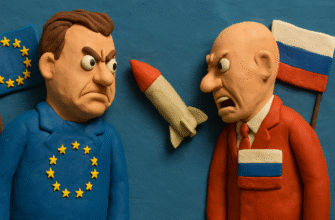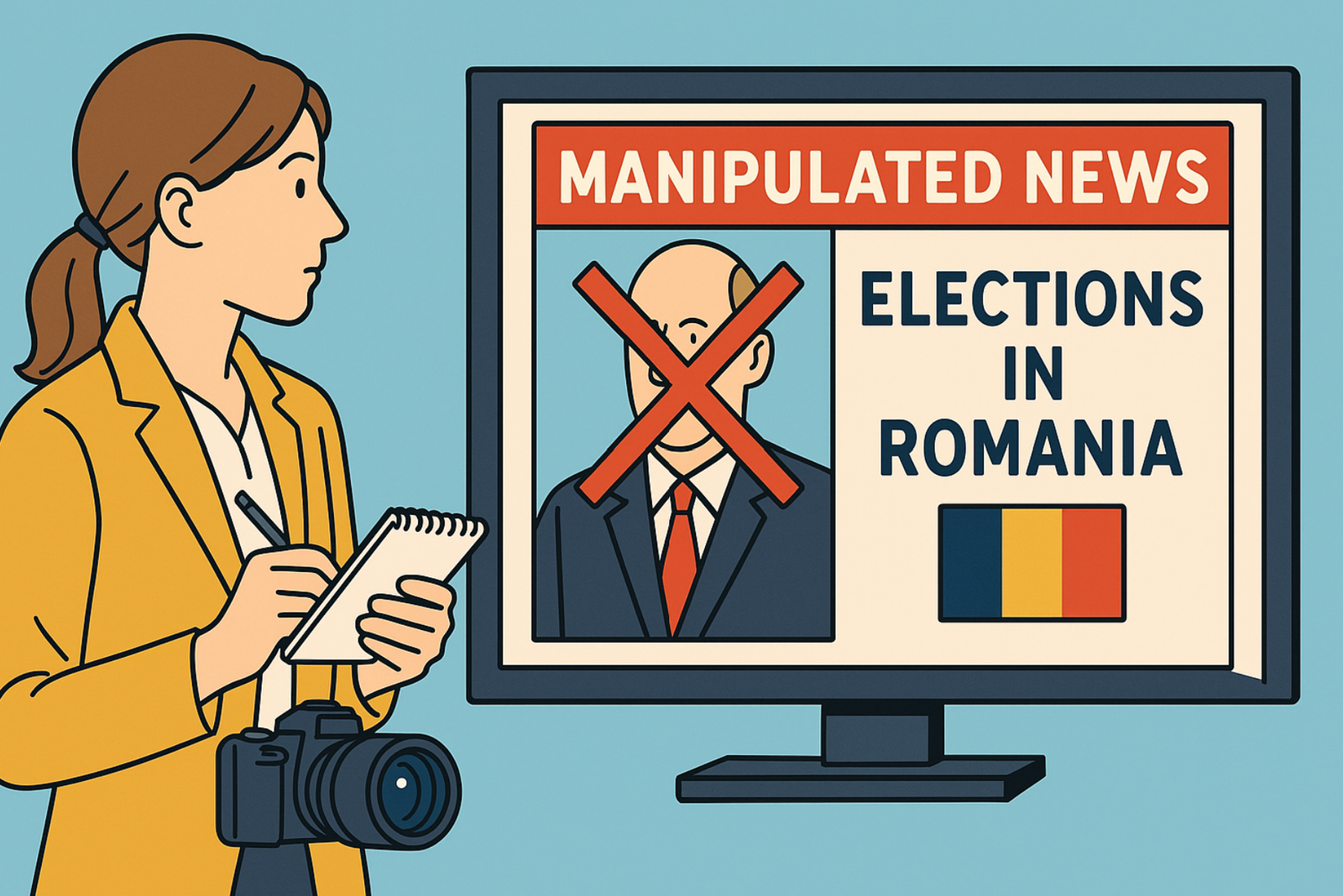This week (May 6-12, 2024), the official Youtube channel of the Publishing House “Belarus Today” reached one billion views on it.
Let’s examine why there is no reason to be proud of this “achievement.”
As early as March 2022, this channel had quite modest metrics across all indicators (number of views, subscribers):

Suddenly, it took the top spot in April 2022 in terms of the number of video views posted during the month, based on data collected using Buzzsumo YouTube Analyzer.
After that, rapid growth began, which can be tracked using data collected by the SocialBlade service:


That is, within two years, the channel reached one million subscribers and over a billion video views posted.
For one million YouTube subscribers, according to the “Creator Awards”, a Gold Award is given:

But now the delivery of this award is restricted to Belarus.
If you consider that YouTube pays between 1000 and 2000 US dollars per million views, the SB TV channel could have earned between 1 and 2 million dollars in revenue.
Of course, the production of content posted during this period was much more expensive. From the perspective of causing damage to Belarus’s information security, as a source of disinformation, it’s impossible to estimate in money.
Why?
Let’s look at the titles of the videos that brought in the first “crazy” millions of views in April 2022:
| Three hundred abandoned wounded soldiers of a Ukrainian hospital were rescued by Russian troops in Donbass | 4654925 |
| Polish diplomats were seen off with a military march and the letter Z in Kaliningrad | 3447634 |
| Tormented Russian military – official detained for fakes about the operation in Ukraine | 2556528 |
| Bombing of the “Azovstal” plant in Mariupol from flight altitude | 2418895 |
| The twice-hit BTR of Russian marines blew up on a mine and survived in battle at “Azovstal” | 2408194 |
| Putin canceled the assault on “Azovstal” | Mariupol liberated | Life preserved for those who surrendered | 2217414 |
| Combat against the “Azov” battalion filmed from inside a Russian armored personnel carrier – destruction of a firing point | 2149357 |
| Ukrainian refugees overwhelmed Armenians – they were given a final warning | 2074479 |
| DNR special forces stopped an attempt to break through by the Armed Forces of Ukraine from Mariupol | 1872077 |
| A column moves towards Kharkiv | Residents of the Kharkiv region joyously welcome the Russian Army | 1854089 |
| Why did bulldozers come to the “Katyn” memorial? | 1806120 |
| Russian Su-34s covered “Azov” militants’ fortifications with airstrikes | 1586551 |
| Footage appeared of the work of the “Iskander” OTRK on the command post of the Armed Forces of Ukraine | Missile strike | 1410235 |
| Combat work of DNR army tanks on the approaches to “Azovstal” in Mariupol – clearing positions of militants | 1358272 |
| Denazification of Lviv in four acts! | 1353354 |
| Another brave grandmother put a Banderite in his place and demanded surrender | 1334661 |
| See how the people of Mariupol relate to the Belarusians. Just a few hours until the city’s liberation | 1315889 |
| “Smerch” systems destroy loads with new equipment for Ukrainian nationalists | 1289782 |
| Russian special forces under helicopter cover advance deep into the Donbass | 1115420 |
| How do the residents of Mariupol relate to the fighters of the Armed Forces of Ukraine and soldiers of the Russian Army – look and compare! | 1108776 |
All these videos tell about the Russian invasion of the territory of Ukraine from the perspective of Russian state propaganda, including disinformation narratives.
In analyzing the disinformation narratives in these headlines, several key features can be identified, which are commonly used to manipulate information:
- Emotionally charged and provocative headlines: Use of emotionally charged words and phrases designed to provoke a strong reaction or biased attitude. For example, “rescued by Russian troops”, “tormented Russian military”, “grandmother put a Banderite in his place”.
- One-sided presentation of information: Presentation of information from only one side, often without context or alternative viewpoints. Headlines like “Polish diplomats were seen off with a military march and the letter Z” or “Denazification of Lviv in four acts!” present information from a clearly one-sided viewpoint.
- Use of unverified facts or their distortion: Statements that are difficult to verify or that present facts in a distorted form. Examples include “Another brave grandmother put a Banderite in his place” or “Russian Su-34s covered ‘Azov’ militants’ fortifications with airstrikes”.
- Language that demonizes the opponent: Use of terms such as “militants”, “nationalists”, “Banderites”, which attempt to slander or demonize the other side.
- Sensational or provocative statements: Headlines created to attract attention through sensationalism or provocation, for example, “Bombing of the ‘Azovstal’ plant in Mariupol from flight altitude” or “Missile strike on the command post of the Armed Forces of Ukraine”.
- Fabrication or falsification of events: Statements about events that may be completely fabricated or significantly exaggerated, for example, “The twice-hit BTR of Russian marines blew up on a mine and survived in battle at ‘Azovstal'”.
Twenty videos that were posted from May 10, 2023 to May 10, 2024 and garnered the most views:
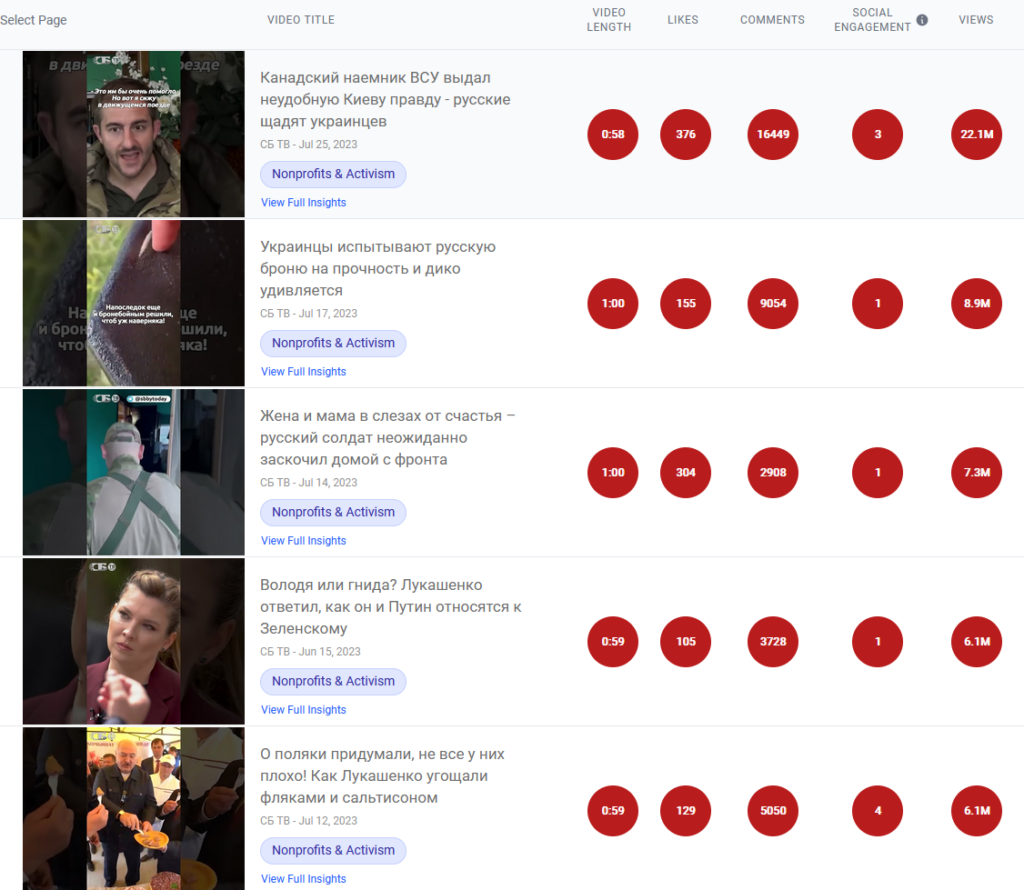
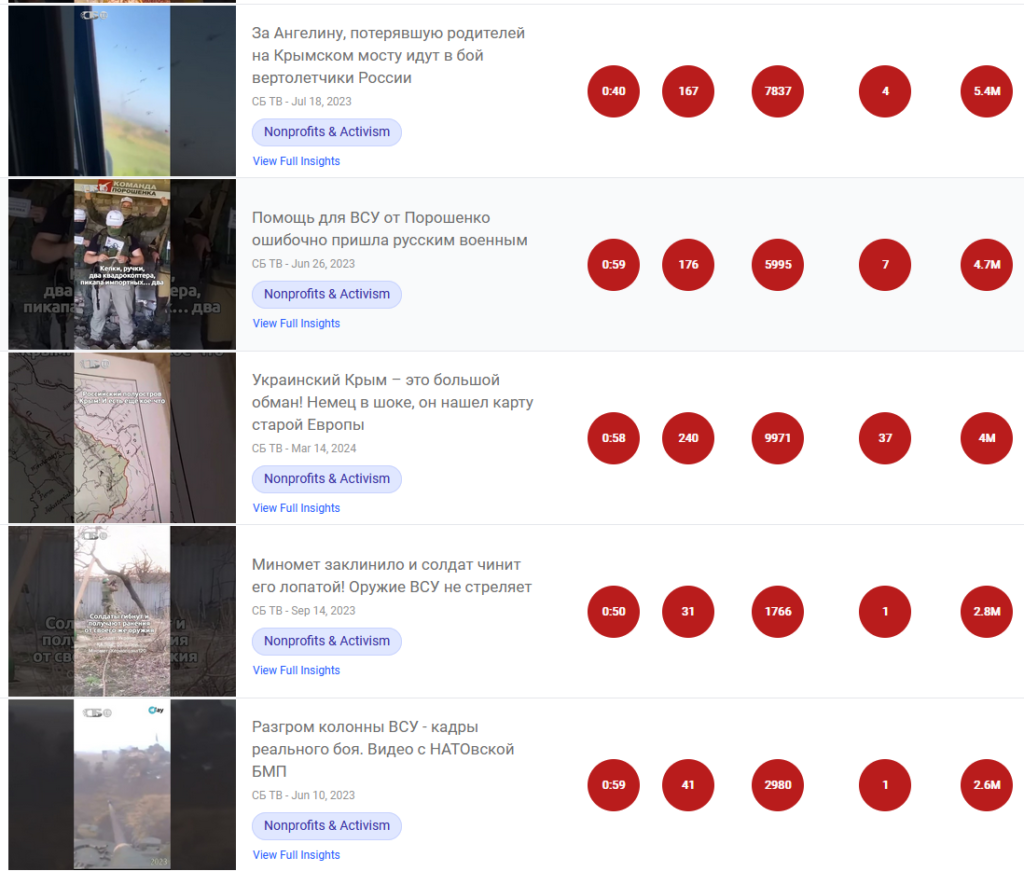
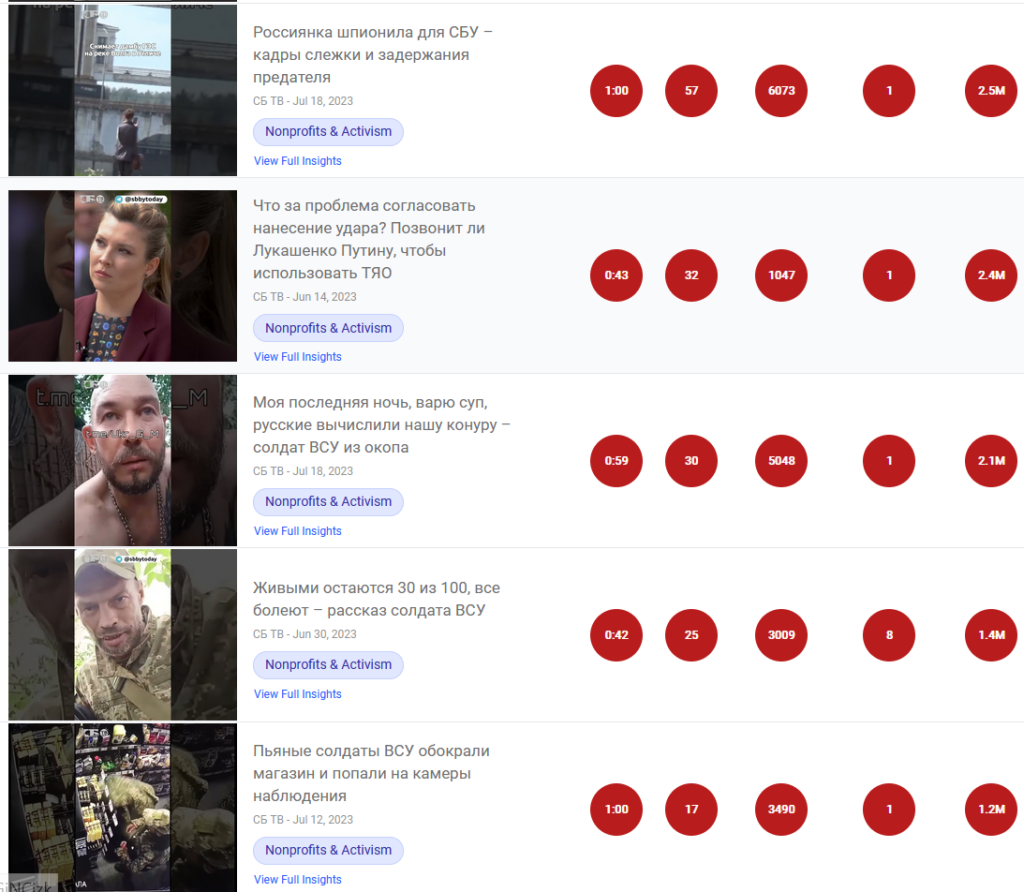

Altogether these twenty videos amassed 100 million views! Only two videos do not concern Ukraine, one of which is dedicated to the topic of the alleged deployment of Russian tactical nuclear weapons in Belarus.
Content posted on the official Youtube channel of the publishing house “Belarus Today” covers only actions by the aggressor army of the Russian Federation, which carried out a full-scale invasion of the territory of the neighboring state – Ukraine, additionally spreading disinformation about the actions of the Armed Forces of Ukraine, defending their country’s territory. Based on the subscriber structure, it can confidently be said that this content is aimed at the Russian internet audience and serves as a circumvention of international sanctions.


